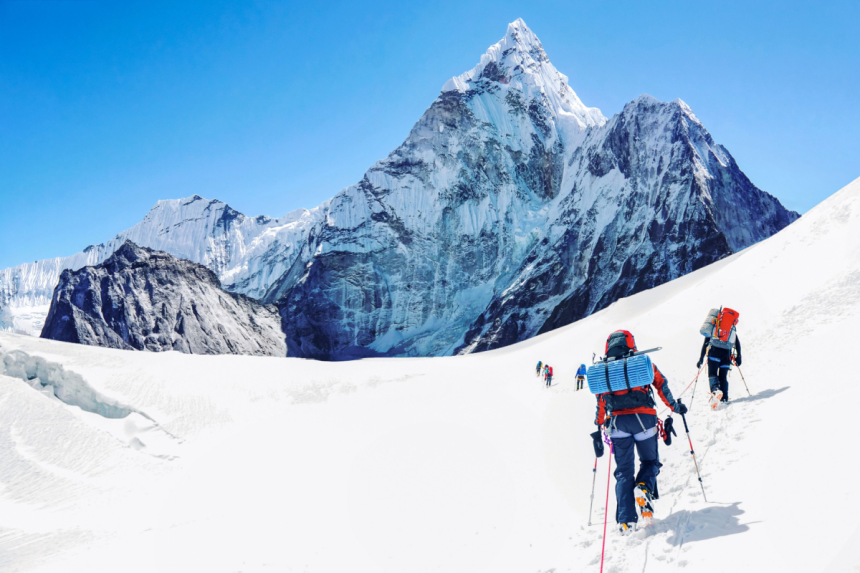Unseasonal Blizzard Hits During China’s Golden Week
Hundreds of trekkers faced life-threatening conditions on Mount Everest after an unexpected snowstorm struck during China’s “Golden Week” holiday, one of the country’s busiest travel periods. Chinese authorities reported that around 350 people managed to descend safely, while at least 200 remained stranded in the Everest Scenic Area on the Tibetan side of the mountain.
The storm hit on Friday and Saturday nights, bringing intense snowfall that blanketed campsites at elevations above 4,900 meters (16,000 feet). The sudden blizzard trapped hikers and disrupted communications, forcing an extensive rescue operation across the remote region.
Trekkers Describe Harrowing Conditions
Many trekkers described the ordeal as the most severe weather they had ever encountered. One climber, Dong Shuchang, wrote on social media that a “violent convective snowstorm” swept across Everest’s eastern slope. Others said they were “too scared to sleep” as snow piled around their tents, forcing them to dig out every hour to avoid being buried.
One group began descending on Sunday as conditions worsened, meeting locals who had climbed the mountain in search of missing relatives. “Villagers were extremely worried,” one trekker said, describing the tense atmosphere in the valley below. Photos and videos shared online showed tents buried under deep snow and trekkers struggling through waist-high drifts to return to safety.
Rescue Operations Underway in Tibet
By Sunday afternoon, state media reported that about 350 people had reached the town of Qudang, roughly 30 miles from Everest’s Tibet-side base camp. All were said to be in stable condition. At least 200 others remained stranded but had been contacted by rescuers. Hundreds of emergency workers were dispatched to clear snow and reopen the blocked paths down the mountain.
Local authorities suspended ticket sales and temporarily closed the Everest Scenic Area to prevent further incidents. Power outages and poor communication hampered the rescue efforts, with phone lines to local businesses reportedly down and limited updates available from official sources due to tight government control in the region.
Unusual Weather and Regional Impact
October typically brings clear and stable weather to the Himalayas, making it a peak trekking season. However, this year’s conditions were far from typical. Chen Geshuang, a member of an 18-person trekking group, said their guide described the weather as “unlike anything he had ever experienced in October.” The sudden onset left little time for preparation or evacuation.
The extreme weather extended beyond Tibet. Neighboring Nepal faced heavy rains that triggered landslides and flash floods, killing at least 47 people and destroying roads and bridges. The back-to-back disasters highlight the growing unpredictability of mountain weather in the region, which has become a growing concern for both trekkers and local authorities.






